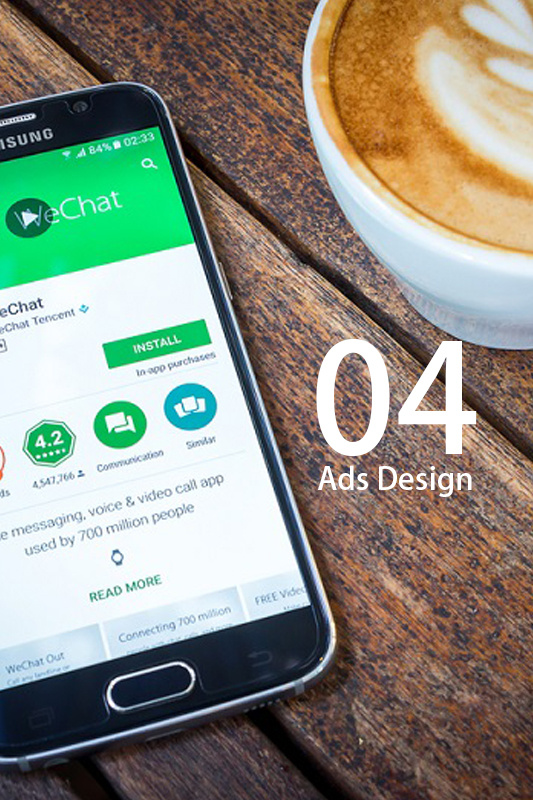
Advertising Design Tips That Turn Heads
Keep It Simple
When a lot of us picture advertisements we picture extravagant images that flaunt the product, the features and the reasons we should buy it. You can definitely go down that route with your ad, or you can go down a simpler one. Check out this ad by Lego that strips things back and relies on one image and idea. With no copy, just a plain and easy to digest message, this ad captures the complex concept of imagination in its simplest form. Capturing a much simpler, more general idea in a simpler way not only makes for an effective ad, but also gives this ad a greater chance of appealing to more people. The only people it directly targets are those that have played with lego and have experienced imaginative play, which is a pretty vast target market. So, keeping things simpler (both in terms of message and design) can be a one way ticket to a great ad.
Include A Call To Action
Calls to action are used a lot in promotional designs, particularly advertisements. In case you’re not familiar, a call to action is a piece of copy that urges or invites the audience to take action. Some calls to action you may be familiar with are things like “Buy now”, “Come in while stocks last”, etc. Calls to action work particularly well in advertising when used thoughtfully and cleverly. For example, have a look at this multi-purpose call to action for Monarto Zoo. Not only does this call invite consumers to come visit the zoo, but it also helps to explain and contextualise the image above. Since this call is accompanied by such a clever graphic and concept, it is kept simple and direct and a main focal point of the page. A lot of other ads may lower the hierarchy of their calls to action so that they are small, almost subliminal type. But, if your call to action is a part of your key message, don’t be afraid to make it big, make it bold, and put it in the forefront.
Find Hidden Visual Relationships
A surefire way to create a clever ad is to find hidden visual relationships that surround your topic. I know, that sounds like a big ask, but lets look at an example that does it well. This ad is for online matchmaking service Parship.com, and it depicts symbols of men and women being brought together by a zipper. For this ad, the designer would have sat down and brainstormed visuals that represent men and women (the universal restroom symbols) and visuals that encompass the idea of bringing two things together (the zipper). Finding hidden visual relationships can give you a unique way of promoting your product. Try to brainstorm concepts related to your message that have similar shapes, lines, or contours, and try to think up a way to bring these two concepts together to promote your message.
Use Iconic Figures And Ideas
There are a certain amount of icons in the world, people, ideas, objects, and concepts that a majority of people are very familiar with. Advertisers often play up on these iconic elements of life in their advertisements in order to create new meanings. This example for Samsung represents the famous figure Vincent Van Gogh. Signalled by the use of colour, Van Gogh’s likeness, the paints, pipe and sunflowers, consumers are given a whole heap of iconic visual cues to make meaning from in a quick instant. This quick recognition of Van Gogh helps to drive home the tagline message of the ad “For self-portraits. Not selfies.” as people familiar with Van Gogh will probably also be familiar with the fact that he was an avid painter of self-portraits. By using an iconic figure and concept and giving it a new, funny spin, this design creates an ‘inside joke’ of sorts amongst consumers, while also bringing in a dash of culture to the product. So, get cultural, get topical, and don’t be afraid of using iconic ideas and concepts and giving them a new meaning.